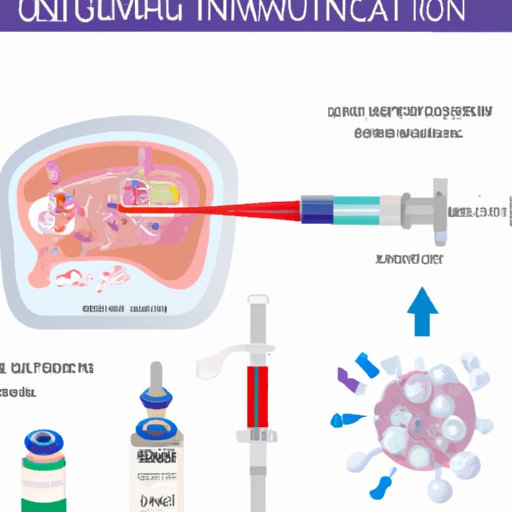
Understanding IVIG Treatment: A Comprehensive Guide
Have you ever heard of IVIG treatment, but aren’t quite sure what it is or who it can help? IVIG, or intravenous immunoglobulin, is a treatment that many people have never heard of, but which can be life-changing for those in need. This article will provide a comprehensive guide to IVIG treatment, from how it works and who it can help, to the myths surrounding it and the real patient stories of how it changed lives. If you or someone you love could benefit from IVIG treatment, read on to learn more.
Understanding IVIG Treatment: How it Works and Who it Can Help
IVIG treatment is a therapy that involves infusing immunoglobulin antibodies, or proteins that the immune system uses to fight off infections, into the bloodstream. These antibodies are obtained from the blood plasma of thousands of healthy donors and are purified and concentrated into a solution that can be given through a vein in the arm or a central line. The infusion typically takes several hours, and most patients receive multiple infusions over a period of weeks or months.
IVIG treatment can be used to help people with a wide range of conditions, including autoimmune diseases, neurological disorders, and immune deficiencies. These conditions can affect people of all ages, from children with primary immunodeficiency diseases to adults with multiple sclerosis or myasthenia gravis. IVIG treatment can help to boost the immune system, reduce inflammation, and protect against infection. It can also improve symptoms such as weakness, fatigue, and pain.
Debunking Common Myths About IVIG Treatment
Despite its effectiveness, IVIG treatment is still relatively unknown to many people, and there are some common myths and misconceptions that can be barrier to seeking treatment. Some people believe that all IVIG comes from a single donor and that therefore they are at risk of contracting diseases from that donor. This is not true – IVIG is made from the blood plasma of thousands of donors, and each batch is carefully screened for viruses and other pathogens before it is given to patients.
Another common myth is that IVIG treatment is extremely expensive and not covered by insurance. While IVIG can be costly, many insurance plans do cover it, and financial assistance is often available from pharmaceutical companies and non-profit organizations. It is important to speak with a healthcare provider and an insurance representative to understand your options for coverage and cost.
Real Patient Stories: How IVIG Treatment Changed their Lives
One of the most powerful ways to understand the impact of IVIG treatment is to hear from patients who have undergone it. There are countless stories of people who were struggling with debilitating symptoms or diseases and who found relief and hope through IVIG. For example, one woman with chronic inflammatory demyelinating polyneuropathy (CIDP), a rare neurological disorder, shared that “IVIG was a lifesaver for me. It gave me back my independence and ability to walk again without major falls or instability.” Another person with primary immunodeficiency shared that “IVIG has allowed me to have a relatively normal life and to stay healthy despite having a compromised immune system. I would not be here without it.”
The Risks and Benefits of IVIG Treatment: Is it Right for You?
As with any medical treatment, it is important to weigh the risks and benefits of IVIG treatment. While it can be life-changing for many people, it is not without potential side effects and risks. Some people may experience headaches, nausea, or allergic reactions to the infusion, while others may develop more serious complications such as blood clots or kidney problems.
In order to determine whether IVIG treatment is the right choice for a particular patient, it is important to consult with a healthcare provider who has experience in its use. They can help to assess whether the patient is a good candidate for IVIG, explain the potential risks and benefits, and help to develop a treatment plan that meets the patient’s unique needs and circumstances.
Conclusion
IVIG treatment can be a life-changing therapy for those with a wide range of conditions, from autoimmune diseases to immune deficiencies. However, many people are unaware of its potential benefits and may be deterred by myths and misconceptions. By understanding how IVIG works, who it can help, and the real patient stories of how it changed lives, more people can seek the help they need to improve their quality of life. If you or someone you know is struggling with a medical condition that may benefit from IVIG treatment, talk to a healthcare provider to learn more.




